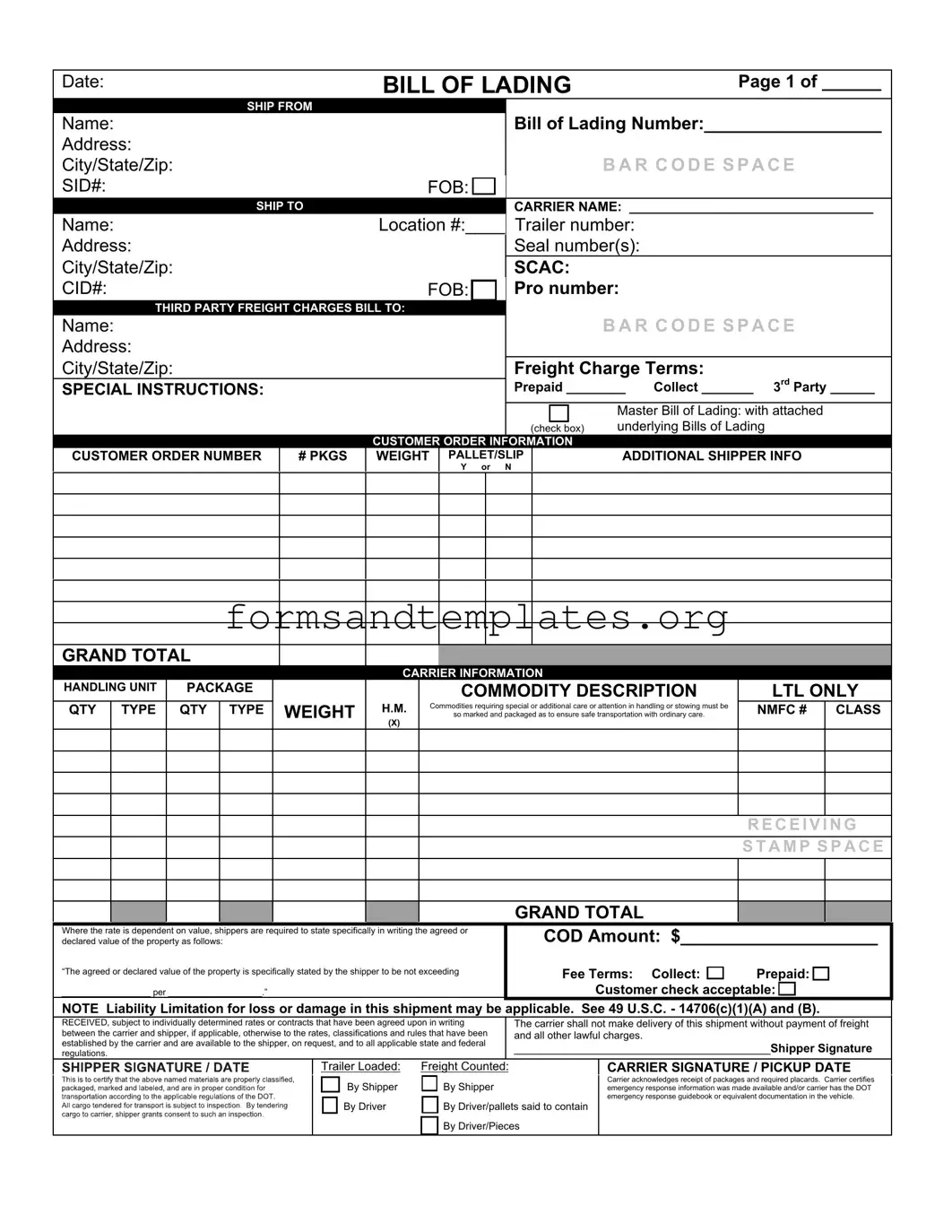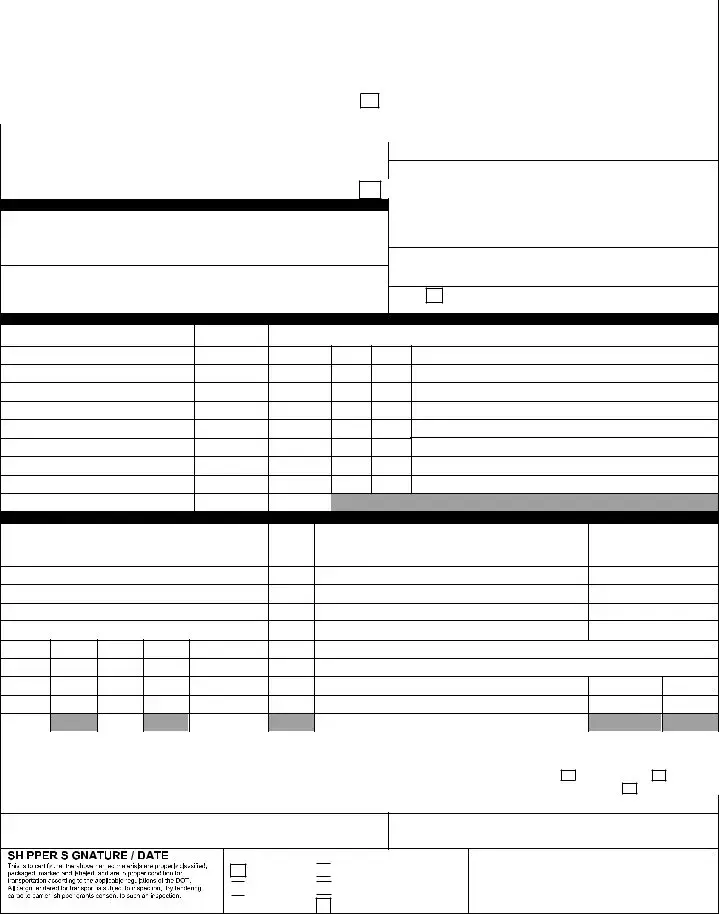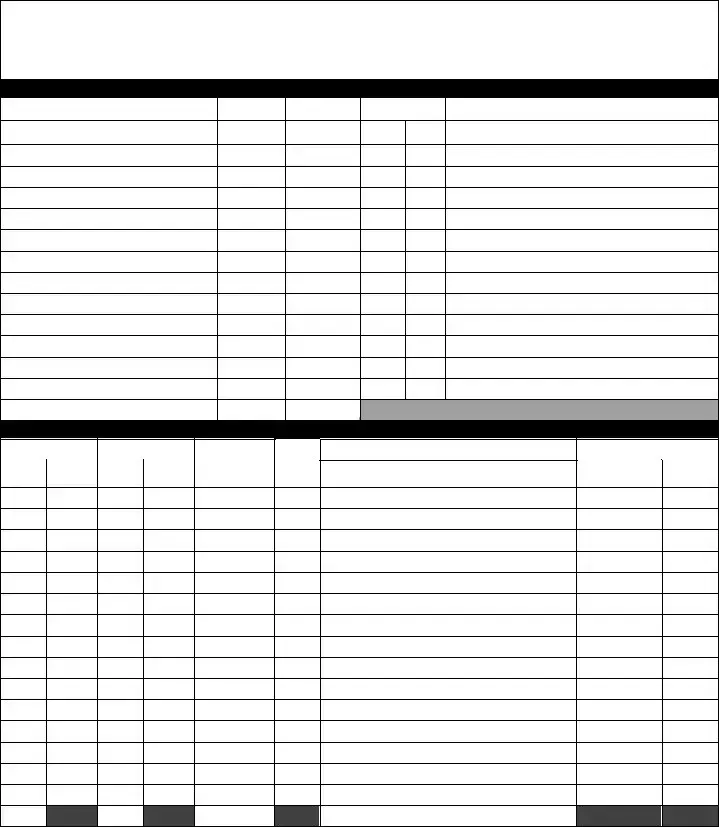What is a Bill of Lading?
A Bill of Lading (BOL) is a crucial document in the shipping and freight industry. It serves multiple purposes: it acts as a receipt for goods, a contract for transportation, and a document of title. When goods are shipped, the carrier issues the Bill of Lading to the shipper, detailing the type, quantity, and destination of the goods. This document is essential for both the sender and the recipient, as it provides proof that the goods were received and outlines the terms under which they will be transported.
The Supplement form is used in conjunction with the Bill of Lading to provide additional information that may not be covered in the standard BOL. This can include specific instructions regarding the handling of the cargo, special requirements for delivery, or any other pertinent details that ensure the safe and efficient transport of the goods. By including this form, shippers can communicate important information that helps avoid misunderstandings and potential issues during transit.
Typically, the shipper is responsible for filling out the Bill of Lading and the Supplement form. This includes the individual or business that is sending the goods. However, the carrier may also have a role in providing information, especially if they have specific requirements or terms that need to be included. It’s important for both parties to ensure that all details are accurate and complete to facilitate a smooth shipping process.
The Bill of Lading generally requires the following information:
-
Shipper's name and address
-
Consignee's name and address
-
Description of the goods
-
Quantity of goods
-
Shipping instructions
-
Carrier's name
The Supplement form may require additional details, such as:
-
Special handling instructions
-
Delivery deadlines
-
Insurance requirements
Providing complete and accurate information on both forms is essential for avoiding delays and ensuring the safe transport of goods.
If you notice an error on the Bill of Lading or the Supplement form, it’s important to address it immediately. Contact the carrier or shipping company as soon as possible to report the mistake. Depending on the nature of the error, they may instruct you to correct it directly or issue a revised document. Promptly correcting any inaccuracies helps prevent complications during transit and ensures that all parties are on the same page regarding the shipment.


 to certify that the above named materials are properly classified, packaged, marked and labeled, and are in
to certify that the above named materials are properly classified, packaged, marked and labeled, and are in proper condition for transportation according to the applicable regulations of the DOT.
proper condition for transportation according to the applicable regulations of the DOT.
 By Shipper
By Shipper
 By Driver
By Driver 
 By Driver/pallets said to contain
By Driver/pallets said to contain